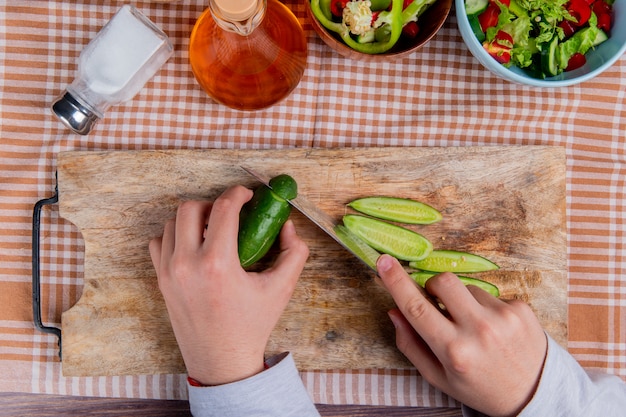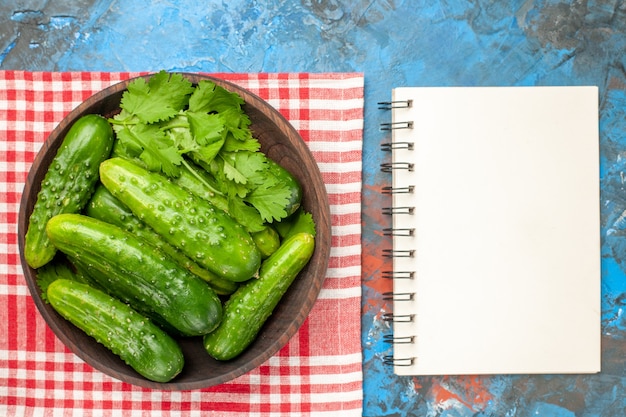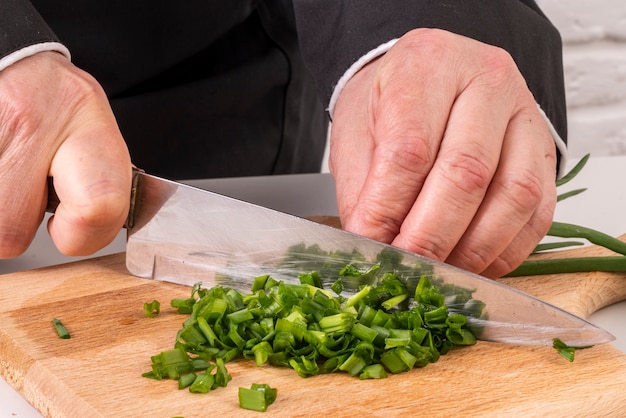You're looking to add some field peas to your culinary repertoire, are you? Well, you've come to the right place. I've been cooking with these little gems for years, and I'm excited to share all my tips and tricks for making the most of their flavour and versatility. We'll dive into the fascinating world of field peas, uncovering their history, exploring their nutritional value, and mastering the art of cooking them into delicious dishes. So, grab your apron, let's get started!
Part 1: A Journey Through Time: Field Peas in History

Field peas, often called "grey peas," have been a part of human diets for centuries. They were a staple in many cultures, particularly in the UK, where they've been a cherished ingredient for generations. These humble peas were a lifeline during challenging times, offering sustenance and nourishment to countless people. Their resilience, thriving even in colder climates, made them a reliable food source. And their flavour, simple yet satisfying, has captivated taste buds for ages.
Imagine the Vikings, those hardy seafarers. Field peas were a crucial part of their diet, a testament to their adaptability and resourcefulness. Across Europe, these peas were cultivated, but in Britain, they truly thrived, becoming a symbol of resilience and survival.
Over time, field peas became a staple in working-class households, often appearing in hearty stews and soups. These dishes provided warmth and comfort, reflecting the simplicity and resourcefulness of those times. Field peas weren't just a food; they were a symbol of home, evoking memories of family traditions and shared meals. Today, they still hold a special place in many hearts, reminding us of the importance of simple, wholesome foods.
Part 2: Unveiling the nutritional powerhouse

Beyond their delicious taste, field peas are a nutritional powerhouse, packed with protein, fibre, and essential vitamins and minerals. They offer a host of benefits for your health, making them a valuable addition to any diet.
A Bounty of Nutrients: Fueling Your Body
Field peas are an excellent source of protein, making them a fantastic addition to vegetarian and vegan diets. They're also rich in fibre, which aids digestion and promotes a feeling of fullness, helping with weight management. And the good news keeps coming: they're brimming with vitamins like B vitamins (crucial for energy production), vitamin K (essential for blood clotting), and vitamin C (a powerful antioxidant). Not to mention minerals like iron, magnesium, and zinc, all crucial for maintaining good health.
Health Benefits Beyond the Plate: Supporting Wellbeing
Incorporating field peas into your diet can positively impact various aspects of your health. Their high fibre content helps regulate blood sugar levels, potentially lowering the risk of type 2 diabetes. The combination of protein and fibre aids weight management, promoting a sense of fullness and reducing overeating. And with their abundance of antioxidants, field peas can help protect against cell damage, reducing the risk of chronic diseases. It's a true nutritional win-win!
Part 3: Choosing the Right Field Peas: Making Informed Decisions

Just like any ingredient, selecting the right field peas is key to a delicious outcome. Here's what to look for when choosing your peas to ensure a successful dish.
Fresh vs. Dried: Navigating the Options
Field peas come in both fresh and dried forms. fresh peas are usually available in spring and summer, while dried peas are accessible year-round. Fresh peas boast a sweeter flavour and a tender texture, making them perfect for salads or quick cooking. Dried peas, on the other hand, require longer cooking times, but they offer a starchy, robust flavour that shines in stews, soups, and other hearty dishes. Personally, I find dried peas more versatile, and I love their hearty flavour.
Selecting the Perfect Peas: Tips for Success
When choosing fresh peas, select pods that are plump and bright green. Avoid any that are wrinkled or discoloured. For dried peas, choose those that are free of debris and have a uniform colour. If you're using dried peas, give them a quick rinse before cooking to remove any dust or impurities.
Part 4: Cooking with Field Peas: A culinary adventure
Now for the exciting part: cooking with field peas! These versatile little gems can be used in a variety of dishes, from simple side dishes to elaborate main courses. Here are some of my favourite ways to cook with them.
The Magic of Soaking: A Key to Tender Peas
Dried field peas need soaking before cooking. This rehydrates them, making them softer and easier to cook, and also reduces cooking time while enhancing flavour. I usually soak my peas overnight in cold water, but if you're short on time, a few hours will do. Just make sure the water covers the peas by at least an inch.
Cooking Methods: Exploring the Possibilities
You can cook field peas in various ways. Boiling is a classic method, resulting in tender, cooked peas perfect for salads or side dishes. Pressure cooking is a quick and easy way to achieve a soft texture in a fraction of the time. Baking field peas adds a touch of sweetness and nuttiness, making them a delicious addition to soups and stews. Experiment with different methods to discover your favourites!
Part 5: Recipe Ideas: A Feast for the Senses
Ready to create some delicious field pea dishes? Here are a few recipe ideas to inspire your culinary creativity.
Classic Field pea recipes: A Taste of Tradition
Let's start with some classic field pea recipes that have stood the test of time:
- Field pea soup: This simple and hearty soup warms you from the inside out. Just combine your cooked peas with broth, onions, celery, carrots, and your favourite herbs. Season generously with salt and pepper, and enjoy! You can even add a dollop of cream or sour cream for a touch of richness.
- Field Pea and Ham Stew: This comforting stew is perfect for a chilly evening. Combine your cooked peas with cubed ham, potatoes, onions, carrots, and a touch of smoked paprika. Let it simmer until the vegetables are tender, and serve it with a crusty bread for a satisfying meal.
Modern Field Pea Dishes: A Twist on Tradition
Now, let's explore some modern and creative ways to use field peas:
- Field Pea Salad: This refreshing salad is perfect for a light lunch or dinner. Combine your cooked peas with fresh herbs, cherry tomatoes, crumbled feta cheese, and a light vinaigrette. This salad is a vibrant explosion of flavours and textures. You can even add some roasted chickpeas for a touch of protein.
- Field Pea and Coconut Curry: This fragrant curry is bursting with flavour. Combine your cooked peas with coconut milk, curry powder, ginger, garlic, and your favourite vegetables. Simmer until the sauce thickens, and serve it with rice or naan bread. This curry is a wonderful way to showcase the versatility of field peas.
Part 6: Tips for Cooking Perfection: Mastering the Details
To elevate your field pea dishes, here are some tips and tricks I've learned over the years.
Maximising Flavour: A Few Tricks of the Trade
To enhance the flavour of your field peas, try adding a pinch of sugar, a splash of vinegar, or a squeeze of lemon juice. These simple additions can bring out the sweetness and brighten up the overall taste. Another tip is to use a flavorful broth, such as vegetable broth or chicken broth, when cooking your peas. This will infuse them with a deeper, richer flavour.
Creating the Perfect Texture: A Guide to Consistency
If you're looking for a creamy texture in your field pea dishes, try adding a little bit of milk or cream towards the end of cooking. This will make your dish smoother and richer. If you prefer a firmer texture, cook your peas for a shorter amount of time. Experiment with different cooking times to find the texture that suits your taste.
Part 7: Storage Solutions: Keeping Your Peas Fresh
It's important to store your field peas properly to maintain their freshness and flavour. Here's how to do it.
Fresh Field Peas: A Guide to Optimal Storage
Fresh field peas should be stored in the refrigerator and used within a few days. You can also blanch them and then freeze them for longer storage. Blanching involves briefly boiling the peas in hot water and then plunging them into ice water to stop the cooking process. This helps to preserve their colour and texture.
Dried Field Peas: Preserving Flavour and Texture
Dried field peas can be stored in an airtight container in a cool, dry place for several months. Once you've cooked them, you can store them in the refrigerator for up to 3-4 days. You can also freeze cooked field peas for up to 3-4 months. Thaw them in the refrigerator overnight before using them in recipes.
Part 8: Beyond the Kitchen: Exploring Field Peas in Other Forms
Field peas aren't just for cooking! They can also be used in other ways, offering a wider range of culinary possibilities.
Field Pea Flour: A Gluten-Free Alternative
Field pea flour is a great gluten-free alternative to wheat flour. It has a slightly sweet and nutty flavour and can be used in a variety of baking recipes. It's a good source of protein and fibre and can be used to make bread, pancakes, cookies, and even pasta.
Field Pea Sprouts: A Nutritious Snack
Field pea sprouts are a nutritious and delicious snack. They're packed with vitamins, minerals, and antioxidants. You can grow your own field pea sprouts at home using a sprouting jar or tray. They can be added to salads, sandwiches, or enjoyed on their own.
Part 9: FAQs: Common Questions About Field Peas
You might have some questions about field peas. Here are some common ones, and my answers to them.
FAQs:
- How do I know if my dried peas are bad?
Dried peas should have a neutral odour. If they have a musty or sour smell, they've gone bad. They should also be free of any discoloration or insects. If you see any of these signs, it's best to discard them.
- Can I use canned peas instead of field peas in recipes?
Canned peas are a convenient option, but they don't have the same flavour or texture as field peas. If you're looking for a more authentic flavour, it's best to use dried field peas.
- How long do cooked field peas last in the fridge?
Cooked field peas can be stored in the refrigerator for up to 3-4 days. Be sure to store them in an airtight container to prevent them from drying out.
- Are field peas good for people with diabetes?
Field peas are a good source of fibre, which can help regulate blood sugar levels. However, it's important to consult with a doctor or registered dietitian to determine how field peas fit into your individual dietary needs.
- Where can I find field peas?
Dried field peas are typically found in the dried goods aisle of grocery stores. They are also available online from specialty grocers. Fresh field peas are less common, but you can sometimes find them at farmers' markets or specialty produce stores during the spring and summer months.
Part 10: Final Thoughts: A culinary journey with Field Peas
There you have it - the ultimate guide to cooking with field peas! From their fascinating history and nutritional benefits to the best cooking methods and delicious recipe ideas, I've shared all my knowledge with you. Whether you're a seasoned chef or a novice cook, field peas offer a world of culinary possibilities. Embrace their versatility, explore their flavours, and enjoy the satisfying experience of cooking with these humble yet powerful legumes. Bon appétit!
Everyone is watching

Corn on the Cob: The Ultimate Guide to Perfectly Cooked Ears
Healthy MealsAh, corn on the cob. Just the name evokes images of sunny days, barbecues, and that sweet, juicy flavour that ...

Scallops: The Ultimate Guide to Perfect Cooking
Healthy MealsAh, scallops. Those delicate, sweet, and utterly delicious morsels of the sea. They hold a special place in my...

Spaghetti Squash: The Ultimate Guide to Cooking and Serving
Healthy MealsRemember that time you saw spaghetti squash at the supermarket, looking all bumpy and strange, and thought, "W...

Salmon Cooking Times: Perfect Guide for Every Recipe
Healthy MealsLet me tell you, cooking salmon is an art form. It's all about getting that perfect balance: juicy and tender,...

Ham Cooking Time: How Long to Bake, Smoke, or Boil a Delicious Ham
Healthy MealsAh, ham. It's a classic, isn't it? A real crowd-pleaser, especially around holidays. And when done right, it'...
